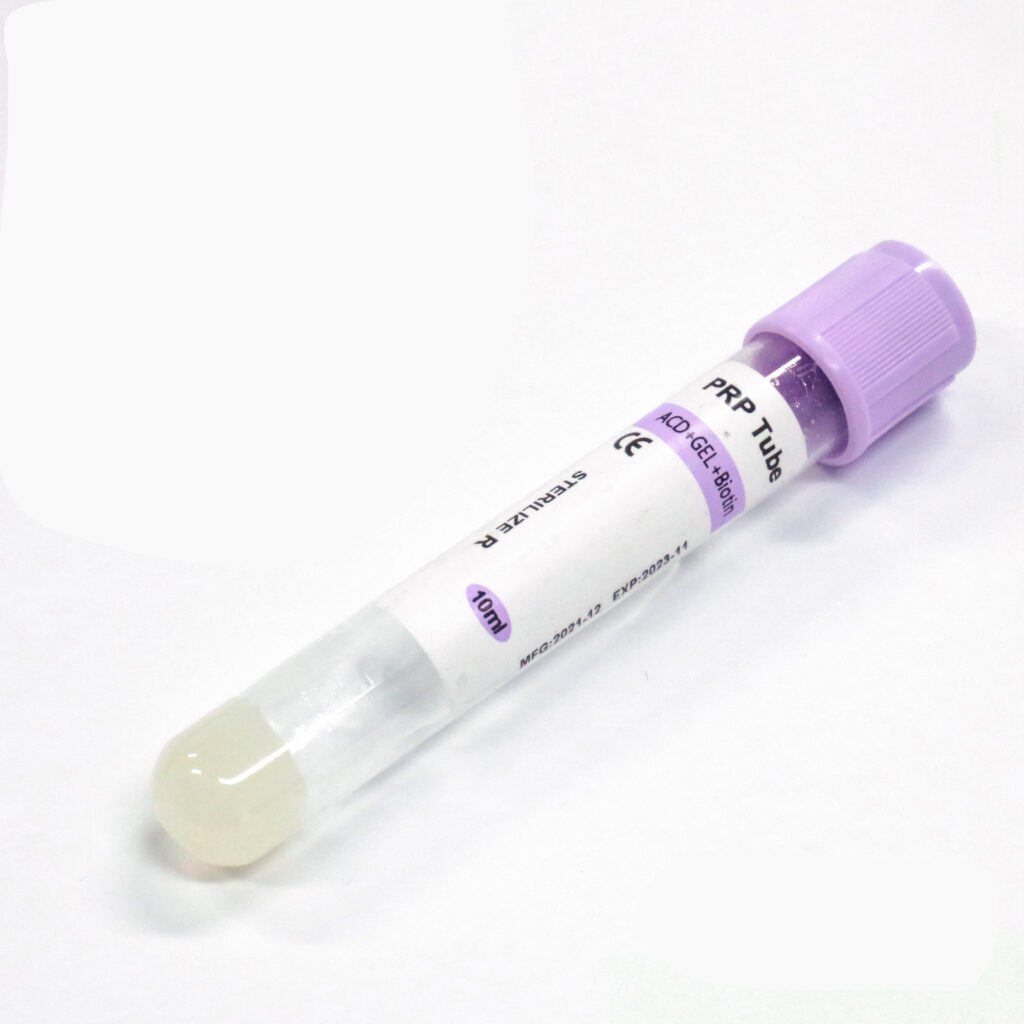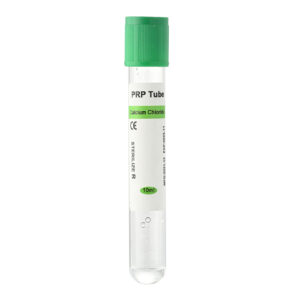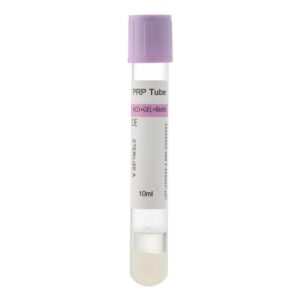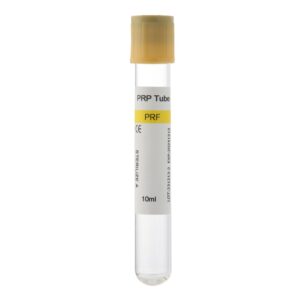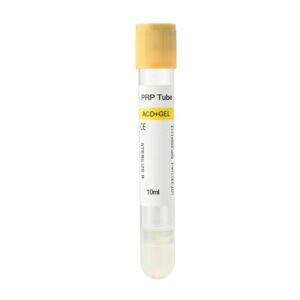How Long Does PRP Last Under Eyes? Platelet-enriched plasma (PRP) for eye treatment is a non-surgical cosmetic treatment that utilizes platelet-rich concentrate extracted from a patient’s blood to improve skin problems around the eye. Platelets in PRP are rich in growth factors and other proteins that contribute to healing and tissue regeneration. Injection into the skin of the eye stimulates collagen production and cell regeneration. This treatment mainly solves problems such as dark circles, fine lines, and puffiness under the eyes, significantly improving skin texture and a more youthful appearance.
What is PRP?
Platelet-rich plasma (PRP) is a concentration of platelets derived from the patient’s blood. Platelets are a component of blood that plays a crucial role in healing and tissue regeneration. PRP therapy involves extracting a small amount of blood from the patient, processing it to concentrate the platelets, and then injecting this platelet-rich solution back into the patient’s body at the targeted area.
The Preparation Process of PRP
The preparation of PRP involves several key steps:
- Blood Collection: A small volume of blood, typically 10-20 milliliters, is drawn from the patient’s arm. This step is similar to a routine blood test.
- Centrifugation: The collected blood is placed in a centrifuge that spins the blood at high speeds. This process separates the blood into its components: red blood cells, white blood cells, plasma, and platelets. Specific medical equipment and treatment needs determine the speed and duration of centrifugation.
- Extraction: The plasma, now rich in platelets, is carefully extracted. This platelet-rich plasma contains growth factors and other proteins aiding healing and tissue regeneration. These growth factors include PDGF (platelet-derived growth factor), TGF (transforming growth factor), and others that play key roles in cell repair and regeneration.
- Preparation for Injection: The PRP is then prepared for injection, often mixed with other agents such as hyaluronic acid to enhance the effects.
Application of PRP Under the Eyes
The skin around the eyes is particularly thin and prone to showing signs of fatigue and aging. The growth factors in PRP stimulate collagen production and cell regeneration, leading to improved skin texture and a more youthful appearance.
The Procedure
- Consultation: The process begins with a thorough consultation with a medical professional to determine the suitability of PRP therapy. The doctor will assess the patient’s skin condition, medical history, and desired outcomes.
- Preparation: The skin under the eyes is cleaned and numbed with a topical anesthetic to minimize discomfort. This preparation typically takes a few minutes to ensure comfort during the treatment.
- Injection: The PRP is carefully injected into the targeted areas under the eyes using a fine needle. The number and location of injection points depend on the specific needs, usually covering the entire lower eyelid area.
- Post-Injection Care: After the injections, the patient may experience mild swelling or bruising, typically subsiding within a few days. The doctor may recommend using cold compresses to alleviate these symptoms.
Advantages of PRP
- Minimal Downtime: Most patients can resume normal activities shortly after the procedure, usually requiring only a few days of recovery.
- Effective Results: PRP stimulates collagen production and tissue regeneration, leading to noticeable skin texture and appearance improvements. Many patients see significant improvements within a few weeks.
- Versatility: PRP can treat various skin issues, not just under the eyes, including facial wrinkles, acne scars, and hair regeneration.
Disadvantages of PRP
- Variable Results: The effectiveness of PRP can vary from patient to patient, depending on individual factors such as age and skin condition. Some patients may need multiple sessions to achieve the desired results.
- Multiple Sessions Required: Achieving the desired results may require multiple treatment sessions. Typically, patients are advised to undergo 3-4 treatments, spaced 4-6 weeks apart, to achieve the best results.
- Cost: PRP therapy can be expensive, and insurance typically does not cover aesthetic treatments. Depending on the clinic and location, each session can cost several hundred to several thousand dollars.
Suitable Candidates for PRP Under the Eyes
- Individuals with mild to moderate under-eye concerns include dark circles, fine lines, and puffiness. These issues are often caused by fatigue, aging, or genetic factors.
- Those seeking a natural, non-surgical treatment option. PRP is a non-invasive procedure that does not require surgery or long recovery periods.
- Patients without severe skin conditions or blood disorders. Individuals with severe skin diseases or bleeding disorders may not be suitable for PRP treatment.
- Non-pregnant or non-breastfeeding women. While PRP is a shallow risk, it is generally advised that pregnant and breastfeeding women avoid unnecessary medical procedures.
Post-Treatment Care
To ensure optimal results and minimize side effects, patients should follow these post-treatment care guidelines:
- Avoid Touching or Rubbing: Refrain from touching or rubbing the treated area to prevent irritation and infection. Keep the treated area clean and dry.
- Apply Cold Compresses: Use cold compresses to reduce swelling and bruising. Limit each application to no more than 15 minutes, several times a day.
- Stay Hydrated: Drink plenty of water to aid in the healing process. Adequate hydration helps the body metabolize waste and accelerate healing.
- Avoid Sun Exposure: Protect the treated area from direct sunlight and use sunscreen to prevent pigmentation changes. Avoid using harsh skincare products and cosmetics.
- Follow-Up Appointments: Attend all scheduled follow-up appointments to monitor progress and receive any necessary additional treatments. The doctor will adjust the treatment plan based on recovery progress.
Duration of PRP Effects
The effects of PRP under the eyes typically last between 6 months to 1 year, depending on individual factors. Patients may see gradual improvements since PRP stimulates collagen production and cell regeneration. During this period, the skin texture and appearance will continue to enhance. Some patients opt for annual maintenance treatments to sustain optimal results.
Conclusion
PRP therapy under the eyes offers a promising solution for individuals seeking to rejuvenate their appearance naturally. While results can vary, many patients experience significant improvements in skin texture and reduced under-eye concerns. With proper care and multiple sessions, PRP can provide long-lasting benefits, making it a popular choice in aesthetic medicine. Whether addressing dark circles, fine lines, or puffiness, PRP offers patients a safe, effective, and natural treatment option.

